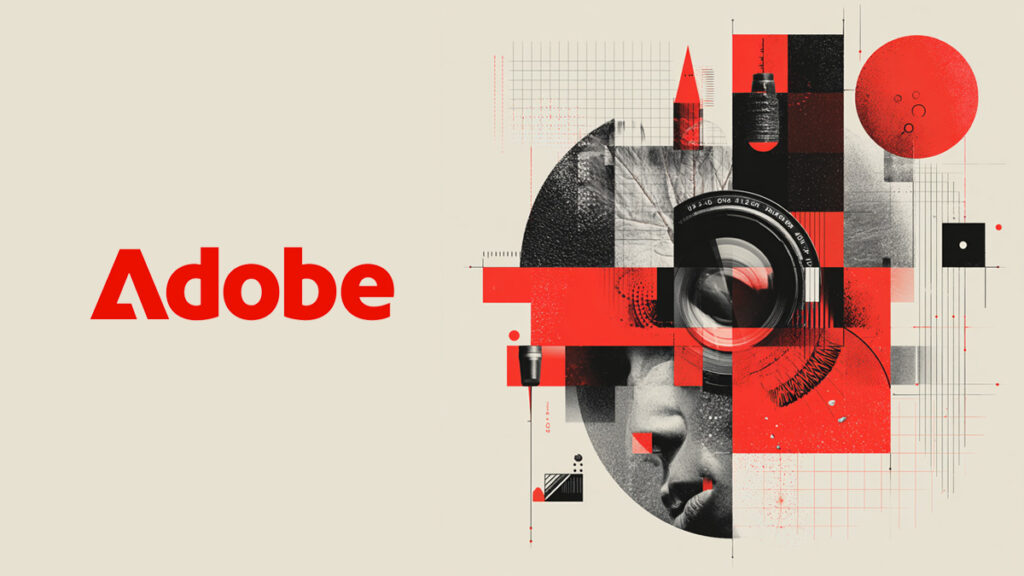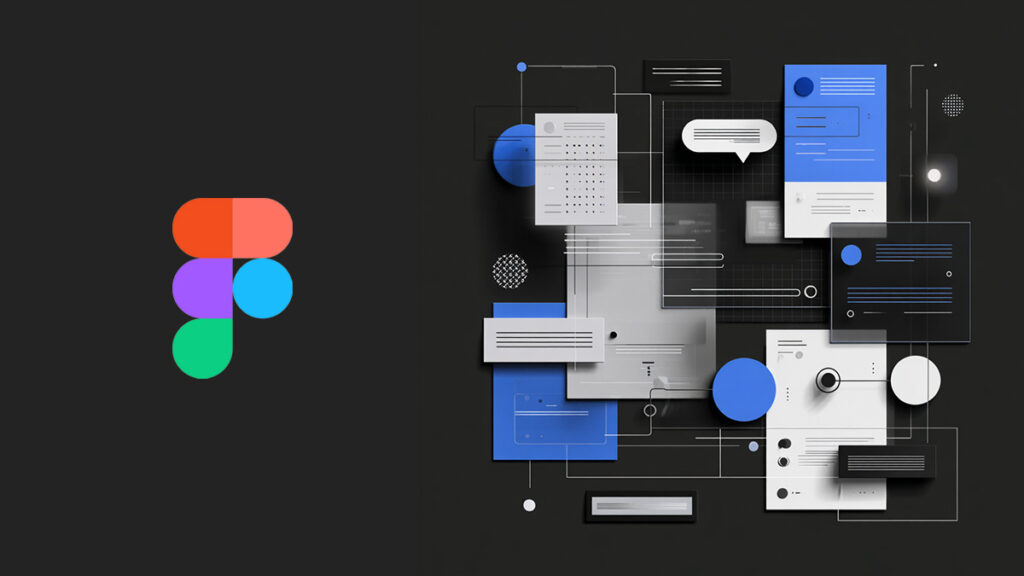How to build intuitive, human-friendly experiences powered by AI
AI is no longer a sidekick — it’s part of the product. From generative tools to predictive search and conversational UIs, users now expect smart systems to “just work.” But great AI isn’t just about the model. It’s about the interface. Designing for AI means thinking in probabilities, ambiguity, and conversation — not rigid flows. It’s about building trust, clarity, and control into moments where outcomes aren’t always predictable. And in 2025, that’s UX gold.The takeaway: good AI UX is clear, conversational, and confidence-boosting
AI-powered interfaces need intuitive affordances, smart defaults, and forgiving feedback. They should feel like helpful collaborators — not mysterious black boxes.What makes AI-driven UX different?
AI interfaces introduce a new layer of complexity: inputs are fuzzy, outputs are variable, and users often don’t know what to expect. That means standard UI patterns need adapting. Core UX challenges with AI:- Unpredictable results: AI output is rarely exact — you need UI that helps users understand and refine it.
- Trust & transparency: People want to know what the AI is doing and why — not just see the result.
- Edge cases & safety: AI can get it wrong — so design must provide escape hatches, undo, or reset options.
Pro Tip: Preview before commit
Whenever possible, let users preview AI output before applying changes — whether it’s an image variation, content rewrite, or smart layout shift.Proven UX patterns for AI interfaces
These patterns are emerging as go-to standards in AI-powered product design:- Prompt + input areas: Natural language fields with smart suggestions, placeholder prompts, or templated formats (e.g., ChatGPT, Notion AI).
- Editable AI output: Let users tweak generated results inline instead of locking them into static content.
- Feedback loops: “Regenerate,” “Make shorter,” or “This was helpful” buttons let users shape the AI over time.
- Visual confidence cues: Status messages like “AI is thinking…” or icons that show which content was AI-generated.
- Assistive layers: Hover hints, tooltips, or onboarding modals that explain what the AI can do — and what it can’t.
What great AI UX looks like in the wild
Some of the best implementations today include:- Notion AI: Context-aware suggestions, transparent edits, and easy rollbacks make it feel like a real writing partner.
- Runway ML: Lets users explore AI video generation with slider previews, frame controls, and non-destructive edits.
- Figma Genius: Offers contextual design help (like auto-layout fixes) with non-intrusive, editable results.
Design for the assist, not the outcome
Think of AI as a co-pilot, not a creator. The UX should support discovery, editing, and iteration — not just one-click results.Best Tools & Resources for AI UX Design
Want to build better AI interfaces? These tools help:- Figma + Autolayout: Design dynamic prompts and preview states with ease.
- Framer: Ideal for prototyping conversational flows and AI logic.
- Magician.design: Figma plugin that adds AI-assisted design right inside your workspace.
- OpenAI Design Guidelines: Best practices for safe, clear GPT-powered interactions.
AI UX is a design superpower — if you get it right
The future of UI isn’t buttons and menus. It’s conversations, predictions, and context. When you design interfaces that make AI feel natural, helpful, and human, you’re not just improving UX — you’re redefining it.FAQs
What is AI UX?
AI UX refers to the design of user interfaces and interactions where AI powers part of the experience — like content generation, smart suggestions, or predictive behavior.
Why is designing for AI different?
Because AI is probabilistic and not always predictable, it requires patterns that handle ambiguity, build trust, and allow user control.
What’s an example of good AI UX?
Notion AI offers editable suggestions, transparent edits, and easy undo — giving users control while benefiting from AI assistance.
How do I design a good prompt interface?
Use clear placeholders, provide prompt examples, and let users see results instantly with the option to revise or refine output.
Glossary Terms
This site uses affiliate links, which means we may earn a commission at no extra cost to you.


